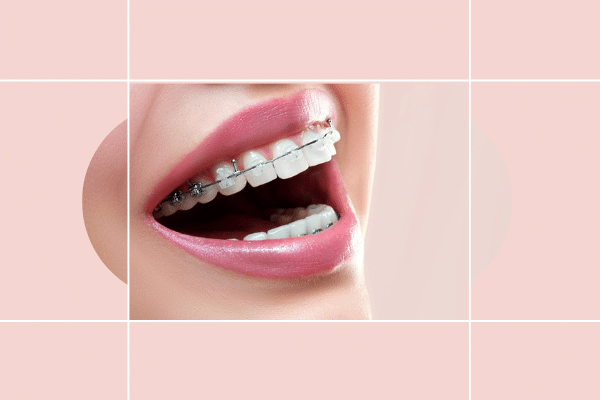While people may cite an appearance as the major reason for straight teeth, there are more practical reasons. Straight teeth make it easier to speak, chew, and perform proper oral hygiene[1]. Other important reasons for straightening your teeth include:
A Better Bite
You need straight teeth to have a healthy bite[2]. Misalignments or crooked teeth such as an overbite or underbite should be corrected to avoid problems with the jaw joint, problems breathing, and excessive tooth wear.[3]
Healthier Gums
When teeth are too widely spaced, or crowded, our gums may become inflamed and red. These characteristics not only look bad, they are a sign of periodontal disease too.[4]
Dental Hygiene
Crooked and crowded teeth make performing proper dental hygiene difficult and are more prone to cavities because brushing and flossing are not as effective. [5]The corners formed by crooked teeth catch food, which attracts harmful plaque-producing bacteria, leading to decay[6]. If bacterial plaque is not removed effectively, gingivitis can develop, leading to periodontal (gum) disease, and eventual tooth loss. [7]With straight teeth and healthy gums, you can eat a variety of healthy foods, avoid tooth sensitivity, and reduce the risk of developing periodontal disease or other painful, expensive, oral health problems.[8]
Decrease Your Risk of Tooth Injury
People with misalignments often suffer more tooth chips, fractures, and breakage, particularly those with protruding teeth. This is because protruding teeth are not as well protected as straight teeth.
Better Oral Health for a Healthier You
Research has proven a link between oral health and your overall health.[9] Therefore, when your mouth is healthy it may help you avoid developing other serious health issues such as high blood pressure, diabetes, irregular heartbeat, heart disease, and dementia. [10]
Achieve Straight Teeth with Braces
Orthodontics deal with the treatment of improper bites, which may be a result of tooth irregularity, disproportionate jaw relationships, or both.
Braces can re-arrange teeth, and control or modify facial growth. The ideal age is usually 12 to 13 years old and it is recommended for children to have an early examination at age 7 to determine the best time and type of treatment. It is also not too late for adults to wear dental braces as long as they have a full set of permanent teeth and do not have other underlying dental conditions such as gum disease.
There are many options from metal braces to invisible braces available to suit a variety of lifestyles, ages, and budgets. To determine what type of braces suit you or your child best, call The Dental Studio at 6936 0050 to fix an appointment with one of our Orthodontists.
References:
[3] http://www.dentalhealthmed.com/conditions/underbite.html
[4] https://www.quora.com/What-are-the-benefits-of-having-perfectly-straight-teeth
[5] http://www.stclairdental.com.au/preventative-dentistry/
[6] http://xylitolfresh.com/xylitol_blog/?p=27
[7] http://www.dentalhealth.ie/dentalhealth/causes/periodontaldisease.html
[8] http://www.colgateprofessional.com/patient-education/articles/periodontitis
[9] http://www.webmd.com/oral-health/gum-disease-health
[10] http://www.theictm.org/big-diabetes-lie/?hop=ideazeed




